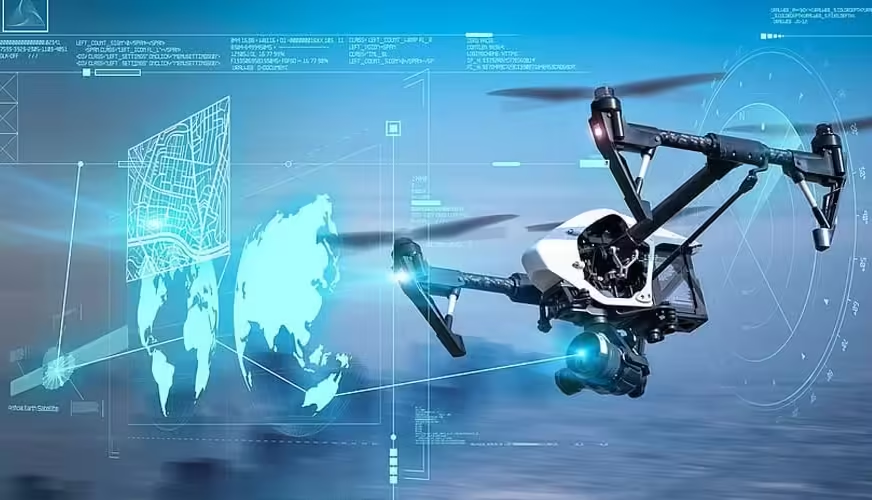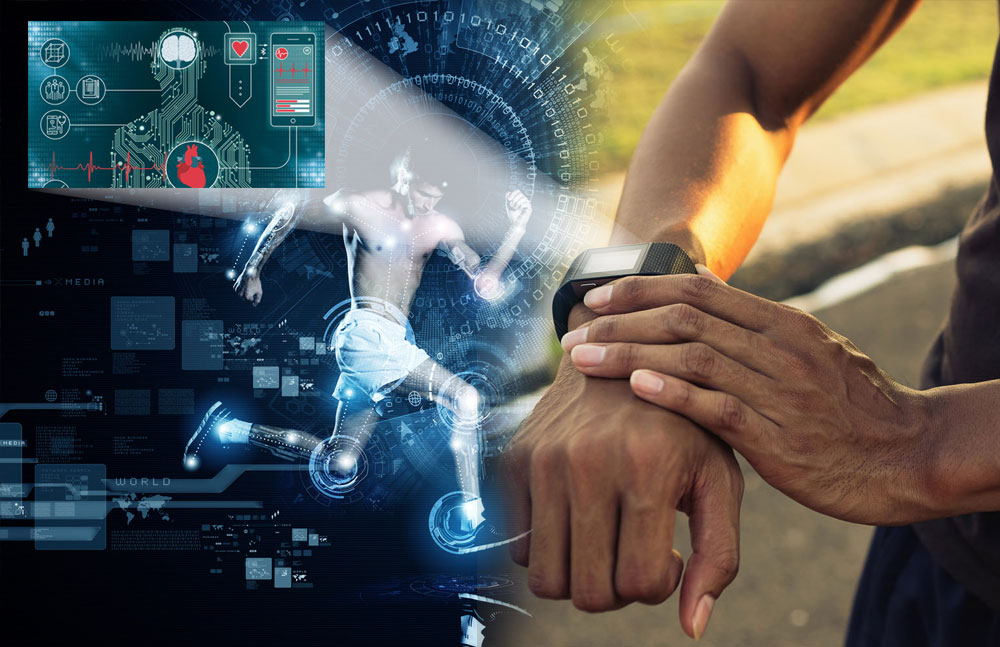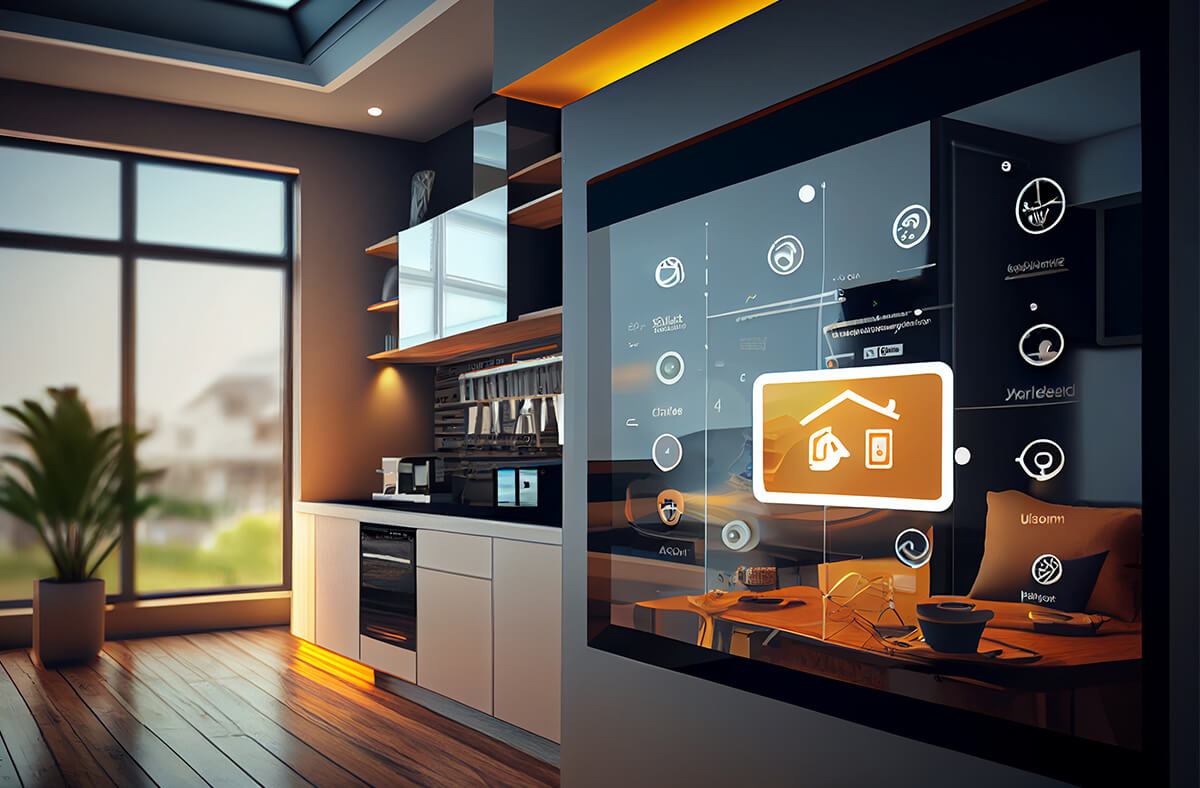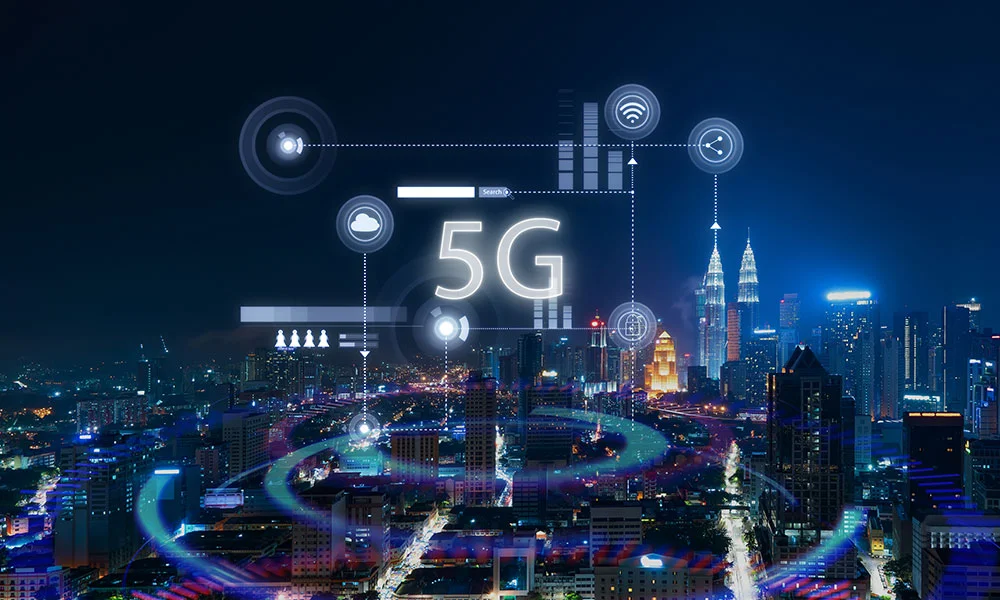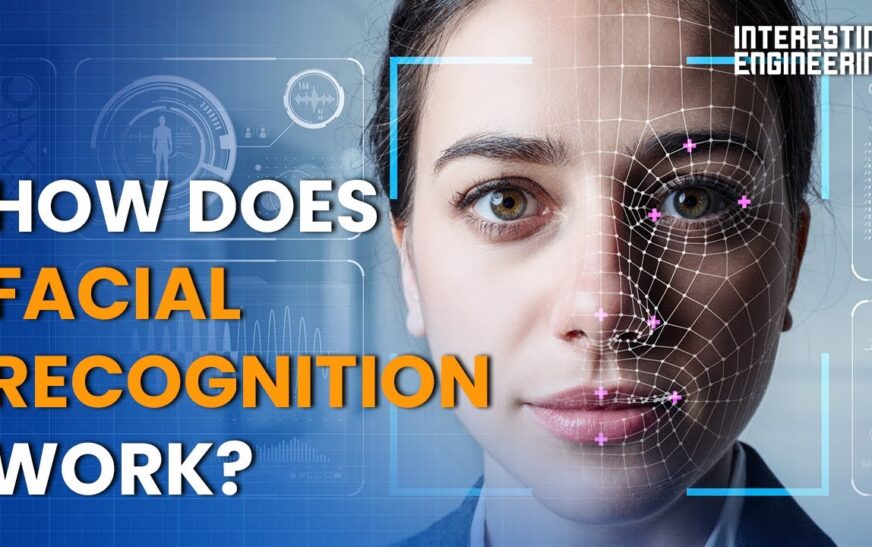Introduction to Drone Technology

In recent years, drone technology has taken the world by storm. These flying marvels have transformed numerous industries, showcasing their versatility and innovation. From delivering packages right to our doorsteps to keeping an eye on our neighborhoods, drones are redefining what’s possible in various applications.
Imagine a future where aerial photography captures stunning landscapes from angles we’ve never seen before or where surveillance systems enhance security without intruding on privacy. This is not just speculation; it’s happening now. As drone innovations continue to unfold, they promise even more exciting developments ahead.
Join us as we dive into the fascinating world of drones—exploring how they revolutionize delivery services, bolster security measures through enhanced surveillance capabilities, and capture breathtaking images that push the boundaries of photography.
Delivery: Revolutionizing the Logistics Industry
Drone technology is transforming the logistics industry in remarkable ways. These flying machines can navigate urban landscapes quickly, bypassing traffic and reducing delivery times significantly.
Retail giants are already testing drone deliveries for everyday items, from groceries to electronics. This innovation not only enhances customer satisfaction but also opens up new revenue streams for businesses.
Moreover, drones have the ability to reach remote or hard-to-access locations with ease. This capability is a game changer for rural areas that often face logistic challenges.
The precision of drone navigation also minimizes human error in package handling and routing. Real-time tracking features provide customers with updates on their deliveries at every stage of the journey.
As companies continue to invest in this cutting-edge technology, we can expect even more efficient service options emerging in the near future. The logistics landscape will never be the same again.

Surveillance: Enhancing Security and Safety
Drones are transforming the way we think about surveillance. With their ability to cover vast areas quickly, they provide a new perspective on security.
Law enforcement agencies use drones for real-time monitoring during events and emergencies. They can capture footage that helps in assessing situations from above, ensuring safety for both officers and civilians.
In urban environments, drones monitor traffic patterns, detect suspicious behavior, and even track missing persons. This aerial technology serves as an extra set of eyes, enhancing situational awareness.
Private companies are also leveraging drone innovation to secure properties. Equipped with high-definition cameras and thermal imaging sensors, these devices offer unparalleled insights into potential threats.
The integration of AI further enhances surveillance capabilities. Drones can analyze data instantly, making them essential tools for proactive security measures in various settings—from neighborhoods to large public venues.

Photography: Capturing Breathtaking Aerial Shots
Aerial photography has transformed the way we capture our world. Drones are at the forefront of this evolution, offering stunning perspectives that were once only accessible to seasoned pilots.
With high-resolution cameras mounted on these flying machines, photographers can explore landscapes in ways they never imagined. From sweeping vistas to intricate cityscapes, drones provide a unique vantage point that adds depth and drama to images.
The ability to effortlessly hover above subjects allows for creative compositions. Photographers can play with angles and heights, capturing details often overlooked from the ground.
Moreover, advancements in drone technology have made aerial shooting more user-friendly than ever before. Features like GPS tracking and automated flight paths enable both amateurs and professionals to achieve breathtaking shots with ease.
This innovation not only enriches artistic expression but also enhances storytelling through visual media. Each photo taken tells a story—one that soars above everyday life.

Advancements in Drone Technology
The landscape of drone technology is rapidly evolving. Innovations are pushing boundaries, enhancing capabilities in various sectors.
One major advancement is battery life. Today’s drones can fly longer and cover greater distances. This improvement opens doors for applications that were once thought impossible.
Another exciting development is AI integration. Drones now use artificial intelligence to analyze data in real-time. This allows for smarter navigation, obstacle avoidance, and efficient task execution.
Moreover, enhanced imaging sensors have transformed aerial photography and surveillance operations. High-resolution cameras provide stunning visuals and detailed surveillance footage.
Regulatory frameworks are adapting to keep pace with advancements. New laws ensure safe operation while promoting innovation within the industry.
As these technologies continue to progress, we can expect even more groundbreaking applications on the horizon.

Potential Challenges and Ethical Considerations
As drone technology continues to advance, several challenges and ethical considerations emerge. Privacy concerns top the list. With drones capable of capturing high-resolution images from above, individuals fear their personal space may be invaded.
Regulatory issues also pose significant hurdles. Many countries struggle to establish comprehensive frameworks governing drone usage. This uncertainty can hinder innovation while putting public safety at risk.
Moreover, the potential for misuse raises alarms. Drones equipped with surveillance capabilities could easily fall into the wrong hands, leading to unauthorized monitoring or data collection.
Environmental impacts should not be overlooked either. Increased drone activity might disrupt wildlife habitats or contribute to noise pollution in urban areas.
There’s a need for public awareness and education about responsible drone use. Users must understand both their rights and responsibilities when flying these innovative machines in shared spaces.

Conclusion
Drone technology continues to evolve, influencing various sectors with its innovative applications. The logistics industry is witnessing a transformation through drone delivery systems that promise faster and more efficient service. Surveillance capabilities are enhancing security measures, whether for public safety or private property monitoring. Meanwhile, photography enthusiasts are capturing stunning aerial perspectives like never before.
While the advancements in drone innovation present exciting opportunities, there are challenges and ethical considerations that must be addressed. As drones become more integrated into our lives, it’s crucial to balance their benefits against privacy concerns and regulatory requirements.
The future of drones looks promising as they carve out new pathways in multiple industries. With ongoing developments in technology, we can expect even greater enhancements in delivery systems, surveillance techniques, and creative photography options. The journey of drone innovation is just beginning; it holds potential that could redefine how we interact with the world around us.

